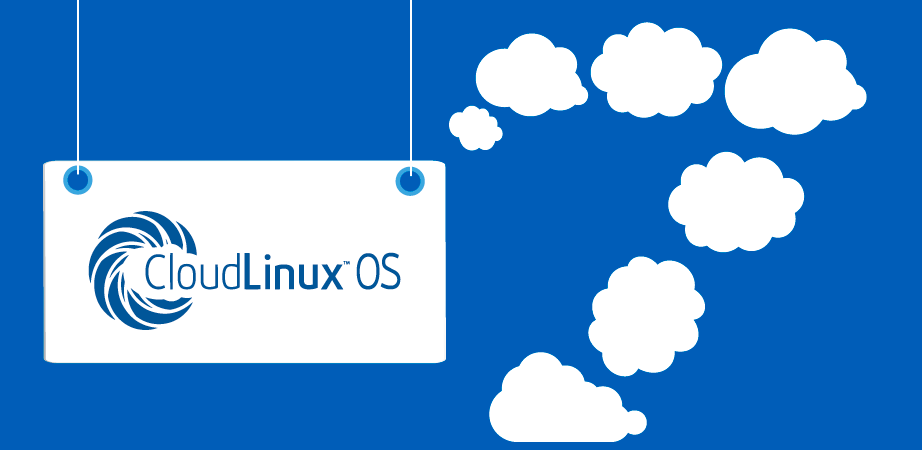CloudLinux vs AlmaLinux ~ Choosing between CloudLinux and AlmaLinux largely depends on your specific use case, needs for performance, security, and support. Here’s a comparison to help you decide which might be the best fit for your situation.
Table of Contents
CloudLinux:
- Target Audience: CloudLinux is designed specifically for web hosting environments and multi-tenant servers. It’s widely used by hosting providers to enhance server security and performance, especially on shared hosting platforms.
- Main Features:
- LVE (Lightweight Virtual Environment): This isolates each customer into a lightweight virtual environment to prevent any single user from consuming too many resources. It ensures stability by preventing resource hogging.
- CageFS: A file system that isolates each user, enhancing security by preventing access to sensitive files or other users’ data.
- MySQL Governor: Monitors MySQL usage in real time and throttles queries that are taking up too many resources.
- PHP Selector: Allows users to select different versions of PHP per account.
- KernelCare: Offers rebootless kernel patching, which improves uptime and security.
- Pricing: CloudLinux is a paid OS with a subscription model, primarily aimed at businesses and hosting providers.

- Use Case: If you are running a shared hosting environment or a server with multiple tenants, CloudLinux is often the best choice. It focuses on performance optimization, isolating users, and preventing server overload. It’s designed to maximize uptime, security, and stability in high-density hosting environments.
AlmaLinux:
- Target Audience: AlmaLinux is a free, open-source, community-driven Linux distribution intended as a drop-in replacement for CentOS. It appeals to general-purpose server use, including enterprise environments, developers, and users needing a stable, reliable Linux OS.
- Main Features:
- RHEL-Compatible: AlmaLinux is 1:1 binary compatible with Red Hat Enterprise Linux (RHEL). This means it’s a great choice for organizations that previously relied on CentOS, providing the same stability and security.
- Open Source: Completely free and maintained by the community, with support from the AlmaLinux Foundation.
- No Proprietary Tools: AlmaLinux focuses on stability, but lacks the additional tools CloudLinux offers for multi-tenancy, such as CageFS and LVE.
- Enterprise Ready: It’s suitable for enterprise-level applications and services, but it lacks the fine-grained resource control features of CloudLinux.
- Community Support: While commercial support is available through third-party vendors, AlmaLinux relies heavily on community-driven development and troubleshooting.

- Use Case: AlmaLinux is ideal for general-purpose servers that need stability and reliability, especially in enterprise environments. It’s a great option if you’re looking for a CentOS replacement for your server, but it’s less specialized for shared hosting and multi-tenant environments.
CloudLinux vs AlmaLinux How to Choose
- Choose CloudLinux if:
- You are running a web hosting business with shared hosting services.
- You need features like user isolation, resource limits, and advanced security.
- You require paid professional support and advanced performance tuning tools.
- Performance consistency across users is crucial.

- Choose AlmaLinux if:
- You need a free and open-source replacement for CentOS in a general-purpose or enterprise environment.
- Your workloads don’t require the advanced multi-tenant features provided by CloudLinux.
- You’re familiar with RHEL and want the same stability and compatibility without the cost.
CloudLinux is a more specialized solution for hosting, while AlmaLinux offers a broad, stable Linux distribution for a variety of server use cases.
Conclusion
CloudLinux is the best choice if you’re running a multi-tenant or shared hosting environment where performance isolation, resource limits, and security are top priorities. Its paid support and specialized features like LVE and CageFS make it ideal for web hosting companies.
On the other hand, AlmaLinux is a great free and open-source option for general-purpose or enterprise-level servers. It offers RHEL compatibility without the cost, making it a solid choice for those looking for a stable, reliable OS, especially as a CentOS replacement, but without the need for the multi-tenancy tools CloudLinux provides.
Choose CloudLinux for hosting-specific environments and AlmaLinux for broader, more general server use.
